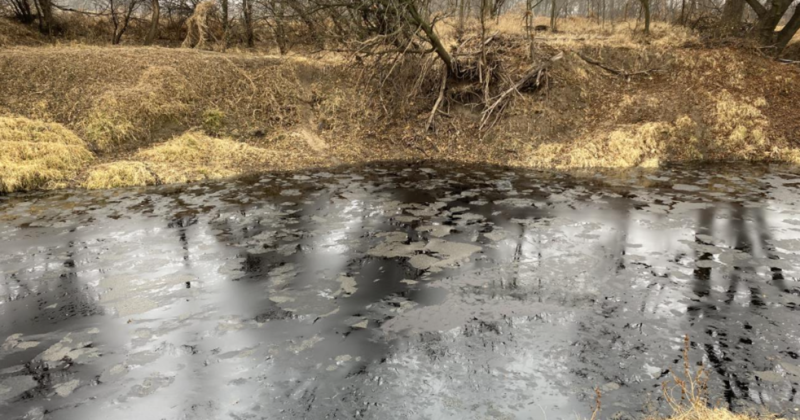The oil spill is the biggest in the Keystone pipeline's history and it dumped a sludgy form of crude oil that poses special challenges for a cleanup.
Chemicals from the Keystone pipeline spill in north-central Kansas have shown up farther downstream in Mill Creek than the oil company’s repeated statements suggest.
TC Energy and regulatory agencies say the oil spill is limited to a containment area — the length of the stream that lies between where the company’s pipeline burst and where workers quickly built an earthen dam about four miles downstream.
Yet state environment officials say benzene, toluene and other volatile organic compounds have been detected beyond the two emergency dams that were installed after the Keystone pipeline’s worst environmental accident to date.
The contamination that migrated downstream of the four-mile, oil-soaked stretch of Mill Creek poses a threat to animals but not to human drinking water, the Kansas Department of Health and Environment said Wednesday.



 Oil
Oil Chemicals
Chemicals Canada
Canada Water
Water


